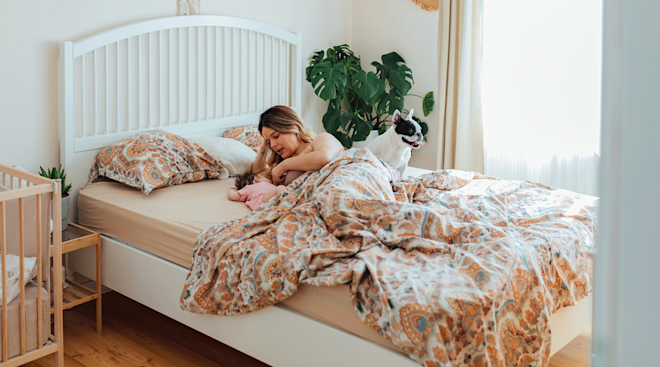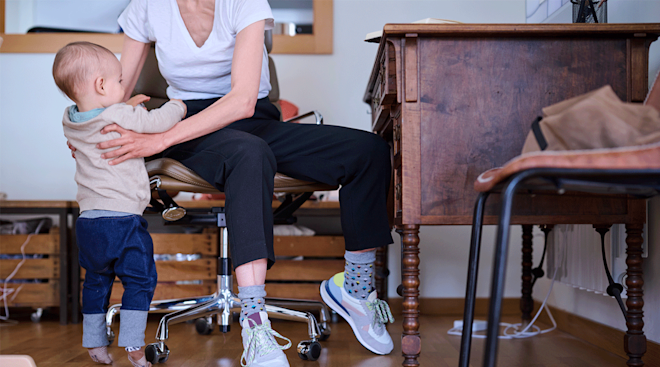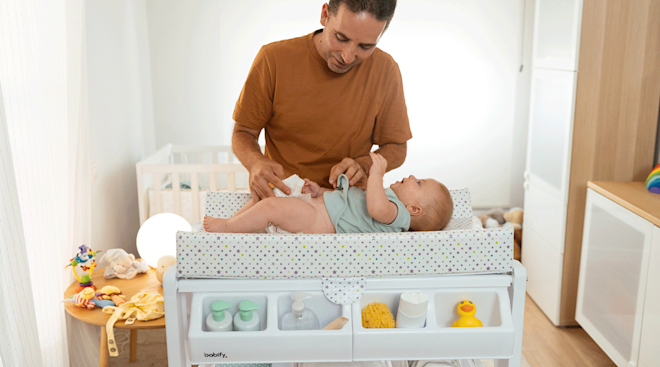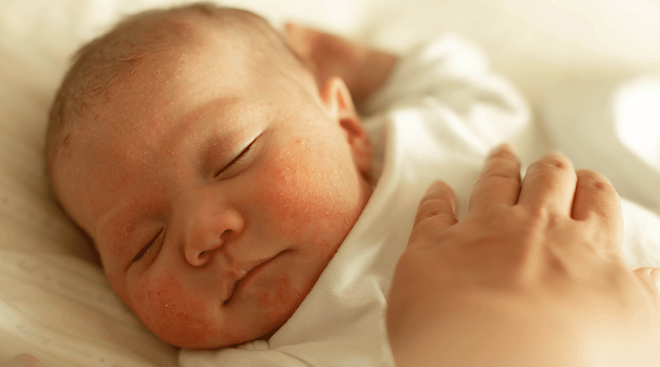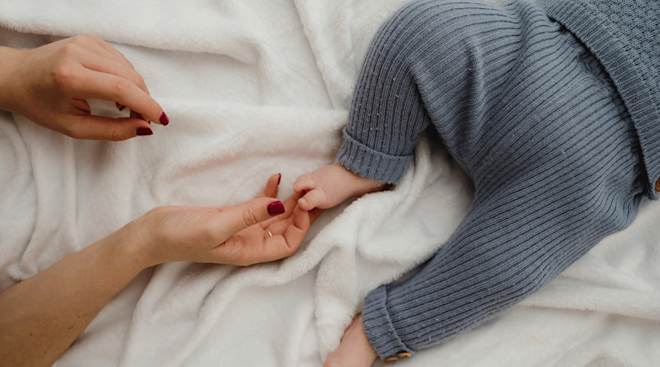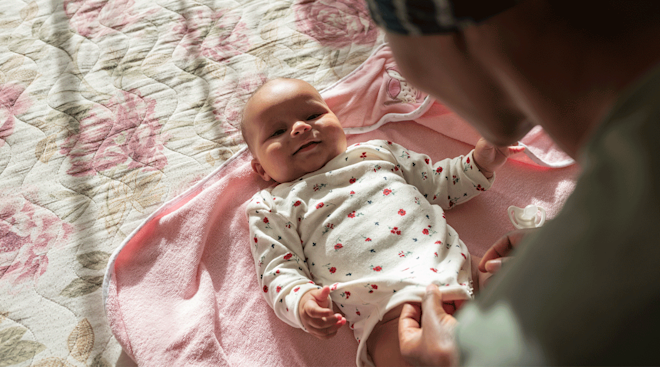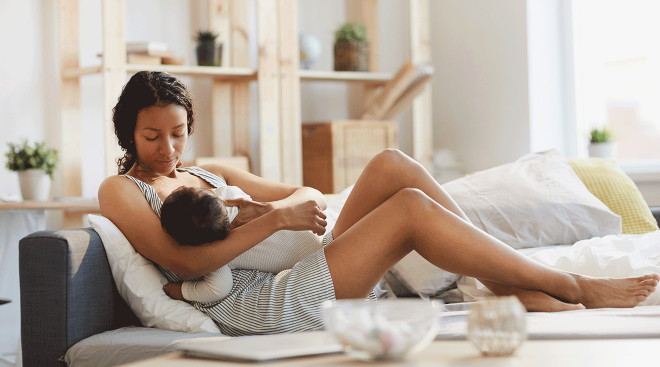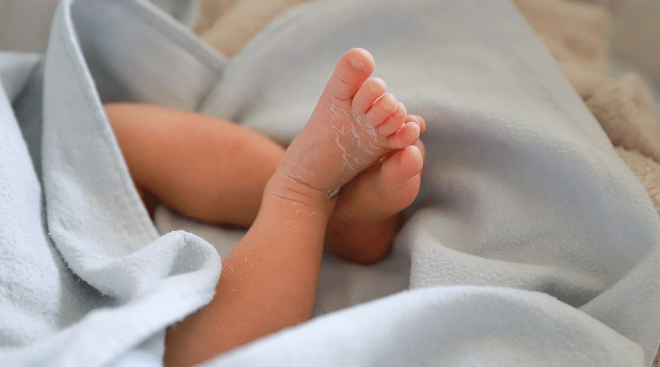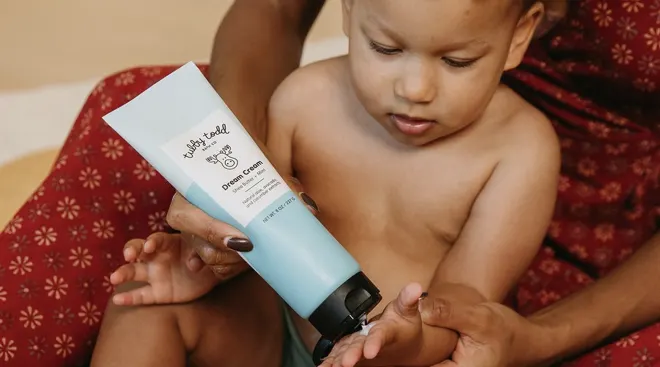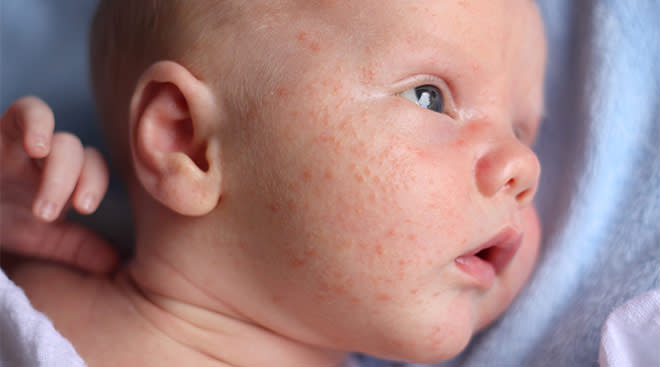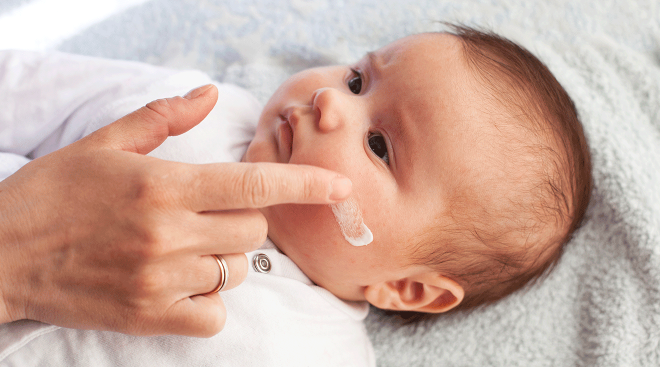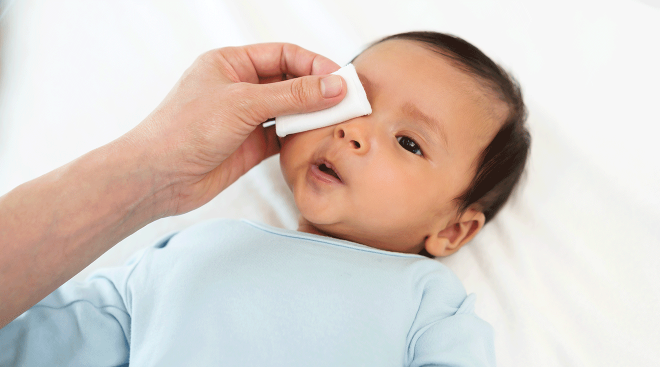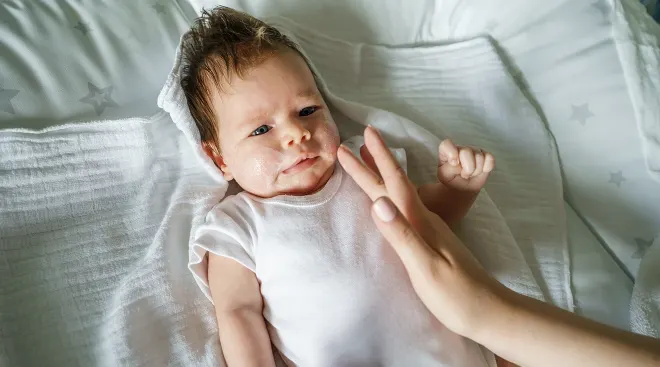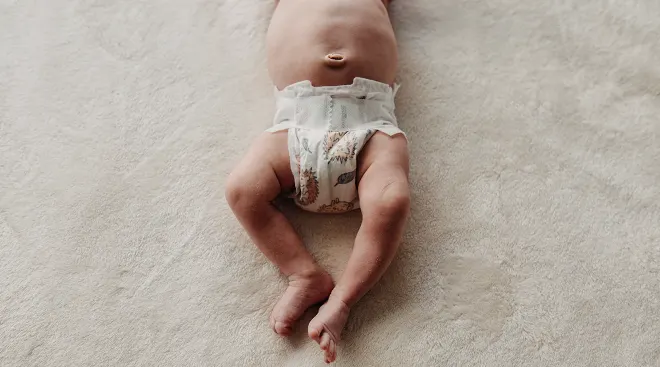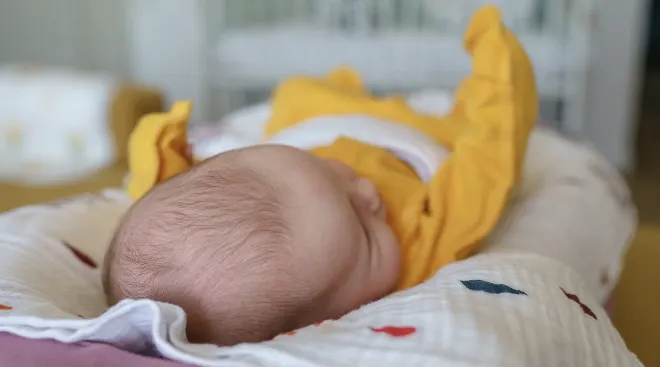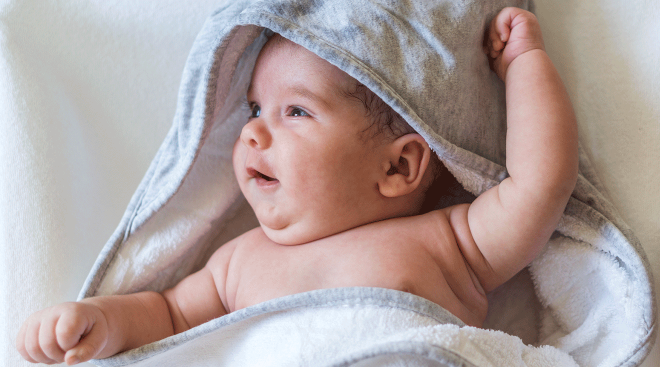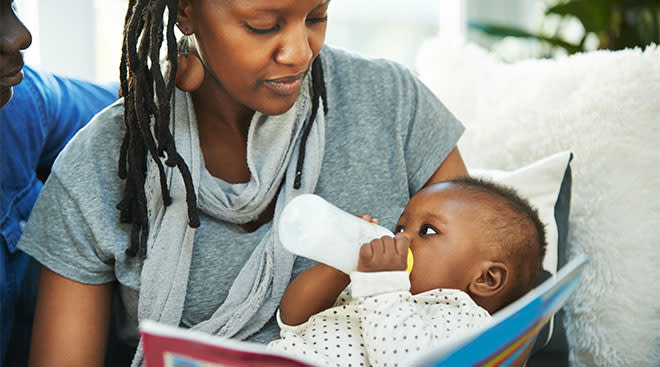How to Check for Lice
Young kids bring all sorts of interesting things home with them from daycare or preschool, from art projects (fun!) to hand, foot and mouth disease (less fun!). Unfortunately, one of the most common “souvenirs” is head lice. While the American Academy of Pediatrics (AAP) says lice don’t cause serious illness or carry disease, they’re not exactly something you want your kid to have.
Here’s what you need to know about how to check for lice, how to recognize the telltale signs of lice—and how to get rid of them for good.
Lice are tiny insects that feed on human blood by clinging to shafts of hair. According to the AAP, they can’t survive for more than a day without eating blood. A louse (which is the singular form) has a life cycle of about 28 days that includes three stages: egg or nit, nymph and adult. While each stage is short, females can lay up to 10 eggs a day—so by the time you’ve spotted one adult louse, there’s a good chance more will be popping up soon.
According to San Francisco-based dermatologist Caren Campbell, MD, lice spread through close contact. The AAP notes that the primary way they spread is through “close, prolonged head-to-head contact,” but there’s also a small chance they can spread when kids share items such as pillows, hats and brushes. While lice aren’t especially mobile—they don’t jump or fly—they can crawl, so all that time your kid spends huddling with friends at preschool while stacking blocks gives lice the opportunity to spread. Can babies get lice? Absolutely—anyone can get lice, and babies can get them from their siblings even if they spend most of their time at home.
One of the telltale signs that there are lice in a kid’s hair is itching, says Ilan Shapiro, MD, a pediatrician in Los Angeles and chief health correspondent and medical affairs officer at AltaMed Health Services. “If you notice symptoms such as excessive head-scratching or see unusual redness on the scalp, it might be a sign to look in the hair,” he says. Itching is caused by a reaction to lice saliva, according to the AAP, and it could take four to six weeks after lice get on the scalp before it becomes sensitive to the saliva and starts to itch.
Campbell says that sometimes a rash can develop on the scalp, neck or ears, and that the lymph nodes may become swollen. Excessive scratching can lead to sores that can then become infected, according to the Centers for Disease Control and Prevention (CDC).
Finally, your child might complain about a tickling sensation, or feeling like something is crawling on their head, says the CDC. (To be fair, that’s exactly what’s happening!)
Lice are pretty tricky to spot because they’re teeny (typically 2 to 3 millimeters long, notes the AAP) and attach themselves to hair that’s close to the scalp. “Lice can look like very small, white pieces of rice, and sometimes we can see more of the eggs than the [adults],” explains Shapiro. “The white-colored eggs can be seen at the base of the hair and scalp, and tend to stay near the scalp where we [normally] shed skin.”
Of course, if you know some tips and tricks for how to check for lice, it’s possible to find them. Here are some guidelines:
- Wet your child’s hair first. This makes it easier to see any lice and harder for them to move away and hide, according to the American Academy of Dermatology Association.
- Make sure you have light. Set yourself up in a brightly lit room or even outside on a sunny day. If that’s not possible, grab a flashlight.
- Part the hair. Using your fingers or a fine-toothed comb, part sections of your child’s hair starting at the top of their head and working your way down both sides and the back of their head. Common places to spot lice are behind the ears, the back of the neck and under bangs.
- Know what you’re looking for. You’re trying to find eggs, or nits, and crawling lice. Nits often appear yellow or white, according to the CDC, and they stick firmly to the hair shaft close to the scalp. They’re tiny, and can be easily confused for dandruff flakes or residue from hair products, but are harder to remove because they attach themselves with a sticky substance, notes the AAP. Adult lice are about the size of a sesame seed, and nymphs are about the size of a pinhead. Both are tan to grayish-white in color. They tend to move around (and if you’re shining a flashlight on them, they’ll move away from the light).
According to the AAP, the most effective head lice treatment is medicine. Before treating though, it’s important to make sure they have living head lice. Also, check in with their pediatrician before using any new lice treatment. They’ll generally recommend starting with an over-the-counter option. (If it doesn’t work, they might prescribe something else.)
After each treatment, use the “comb-out method” to help remove the eggs or nits. This is similar to how to check for lice, but instead of your hands you use a fine-toothed comb, and wipe it on a paper towel after each time you pull it through the hair.
Campbell says that once you find lice, you should treat the entire household, just in case. Treat each person’s head several times to kill off any remaining nits or lice and prevent them from coming back. “The idea is to remove the eggs and make sure we’re killing the lice in our hair to prevent the reproduction cycle and end the infestation,” explains Shapiro.
You can also bring your child to a provider that will perform the service for you, like a lice removal and treatment clinic.
Kids diagnosed with head lice don’t need to be sent home early, says the CDC. They can go home at the end of the day, be treated and return to school after treatment has begun. Successful treatment should kill crawling lice, although nits can persist. The AAP and National Association of School Nurses advocate against “no-nit” policies, which don’t let students with nits in their hair return to school.
In the short term, you can prevent lice from coming back by thoroughly cleaning your home, including washing all bedding and other soft items (like clothing and stuffed animals) used during the infestation in hot water and drying them in high heat, according to the AAP. Items that can’t be washed—like a backpack or shoes—can be dry-cleaned or sealed in a plastic bag for two weeks to kill off any living lice and prevent them from reproducing.
You should also vacuum carpeting, couches, car seats and other large upholstered items, and sanitize or replace hair accessories.
In the long term, preventing lice comes down to limiting head-to-head contact with others, and avoiding sharing personal items as much as possible.
Finally, if you think your child was in close contact with someone who has head lice, check their hair every two to three days for about 10 days, advises Nationwide Children’s Hospital, and be prepared to treat their hair for lice if you find any.
One thing that isn’t a factor in getting lice? Personal hygiene. “It’s important to remember that all humans can contract lice,” says Shapiro. “In the old days, getting a case of lice was associated with certain demographics, economic status and particular communities. Before modern treatment, parents thought cutting off the child’s hair or burning toys would get rid of lice, but we now know that’s not necessary.”
Yes, it’s a pain to get that dreaded email from your child’s teacher that lice are spreading through the classroom. But, at the end of the day, lice are just another bump in the parenting road—and if you’re armed with information and know how to check for lice, you can get rid of them and move on.
Please note: The Bump and the materials and information it contains are not intended to, and do not constitute, medical or other health advice or diagnosis and should not be used as such. You should always consult with a qualified physician or health professional about your specific circumstances.
Plus, more from The Bump:
Caren Campbell, MD, FAAD, is a San Francisco-based dermatologist and founder of Caren Campbell MD Dermatology. She earned her medical degree from Thomas Jefferson University in Philadelphia.
Ilan Shapiro, MD, FAAP, FACHE, is a pediatrician in Los Angeles and chief health correspondent and medical affairs officer at AltaMed Health Services. He earned his medical degree from Universidad Anáhuac School of Medicine in Mexico.
Healthy Children (American Academy of Pediatrics), Head Lice: What Parents Need to Know, September 2022
Centers for Disease Control and Prevention, Head Lice, June 2023
American Academy of Dermatology Association, Head Lice: Diagnosis and Treatment
Nationwide Children’s, Head Lice
Learn how we ensure the accuracy of our content through our editorial and medical review process.
Navigate forward to interact with the calendar and select a date. Press the question mark key to get the keyboard shortcuts for changing dates.



































